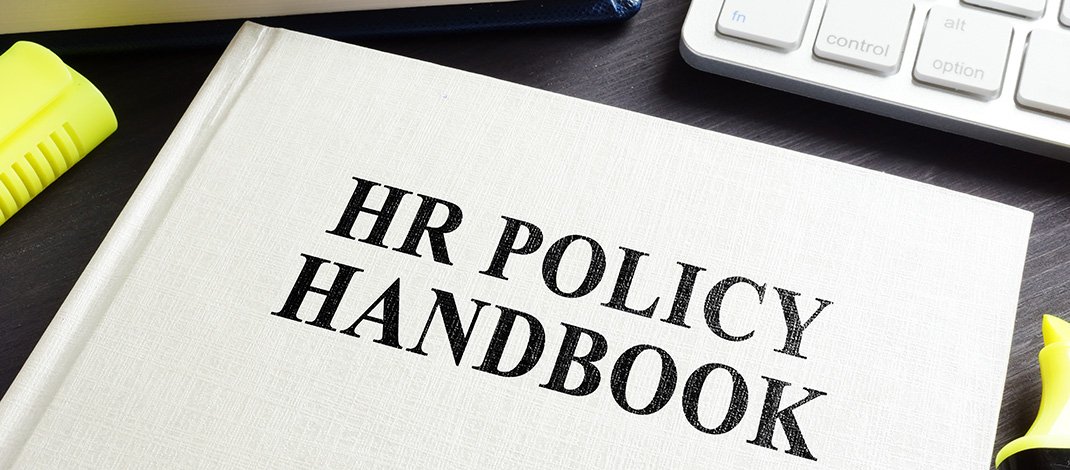By Deborah Jeanne Sergeant
Human resources may seem like a department for a large company or an unnecessary endeavor that doesn’t make your company any money. But like insurance, properly executed human resources policies can protect your company from financial losses arising from litigious applicants or employees.
A good first step can be appointing a “point person” for human resources issues, according to Randy Wolken, president and CEO of the Manufacturers Association of Central New York. “Depending on the sophistication or difficulty in the policies, they contract with a firm.”
Regardless of the company size, any company with employees should have a human resources policy manual, which Wolken said that a professional should compile and update annually to keep it current with human resources laws. He noted that the Society for Human Resource Management (www.shrm.org) offers useful resources.
It can also help to network with someone abreast of both human resources and the inherent workplace hazards related to manufacturing.
“The nature of the work requires additional assistance,” Wolken said.
Many small companies roll safety compliance into human resources, along with recruiting, hiring, training and payroll.
Jeff Smith, senior human resources consultant with HR One in Syracuse, said that safety compliance may suffer as a result of lumping these together. Or a company may ignore safety guidelines.
“The first question to ask is, “Did we know we needed to establish compliance requirements for safety and we simply haven’t yet, or are we not entirely clear as to what the requirements are?’” Smith posted. “In both cases, waiting any length of time could have dire consequences, as any visit from OSHA will require the employer to produce records from years past.
“Safety training records, records from physicals required of certain employees in safety-sensitive jobs (i.e.: respirator fit testing and certain chemical exposure testing, etc.) and OSHA 300A reports, cannot simply be manufactured after the fact. Not addressing these things now could mean fines and penalties for the employer. More importantly, it could also result in potential harm to the safety of employees.”
As Smith alluded, developing a safety policy first relies upon accurately assessing the safety requirements, and then establishing legally compliant policies. But as the adage goes, “you don’t know what you don’t know.” Bringing in a third-party consultant can audit the workplace for safety hazards, both amendable and inherent to the workplace.
“In addition to an audit or as a result of the audit, any formal safety program needs to be in writing and must address those topics that exist as a result of the industry the employer is in,” Smith said.
An outside professional can also develop a formal safety program for which employees should receive training, which should be documented with the date and the employees’ names and signatures. Many such types of training must be offered regularly — such as annually — depending upon the hazards.
“Too often, employers end up being introduced to these requirements as the result of an employee accident — one that may have been prevented with compliant safety practices. In this and other employment disciplines, proactive is always better than reactive,” he said.
In addition to physical hazards to employees, the workplace can be legally hazardous to employers. Simply recruiting and hiring employees can open up an employer to a legal can of worms. For example, posting a job opening to only the owner’s church bulletin board could be viewed as discriminatory. It should be widely available and not to a targeted group of people.
Smith advises forming a plan for the employee interview and selection process.
“Employers should be engaging in a strategic interview process — one that involves a number of employees with a vested interest in the selection of the new employee and one that is intended to identify specified skills and experiences,” he said.
Hiring should not rely on winging it with “gut feelings” about the candidate, but rather use measurable metrics, like certain skills and years of experience. Smith advises having several people in management ask up to four different targeted, predetermined questions.
“And by all means, once a candidate is selected, the employer should take the time to engage in a reference check of the candidate’s previous employers,” Smith said. “Because work ethic doesn’t often change, the best indicator of future performance is past behavior. A candidate who doesn’t get a thumbs-up review from a previous employer should require further scrutiny. The potential cost for not taking the time to hire right could be issues with employee morale and elevated unemployment costs, to name just a few.”
Documentation is everything in human resources, so as with every other process, the interview process should be documented, along with every type of training, including as training and policies are updated.
“Employment regulations at the federal and state level have changed quite a bit over the past five to 10 years,” said Bob Rodgers, principal consultant with 3C Human Resources Consulting, LLC in Syracuse.
The New York State Department of Labor posts updates and regulations. One that many small businesses overlook is the required employment posters.
“These are something every employer should have posted in a conspicuous place,” Rodgers said.
He added as an example of another common misstep is wording hiring documents in a way that sounds contractual, such as “permanent employee” instead of “full-time employee.”
“The most important thing is having someone available who is familiar with the employment regulations to use them for advice and guidance,” Rodgers said. “Have them come in and check over foundational HR areas like an employee handbook, employment posters and personnel files. Don’t put medical information in their personnel files.”
It’s also important to treat applicants and employees consistently, like leave and wages.
“Unevenly enforcing policies is when you run into problems,” Rodgers said.
The employee manual is not only for workers, but acts as a compass for management.




